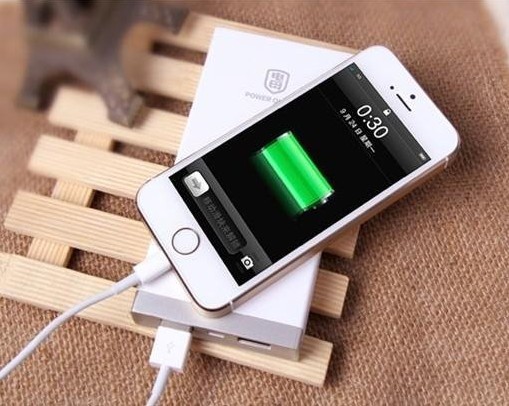
This article refers to the address: http://
Smartphones have long been an essential digital tool for humans, and due to their frequent usage, the longevity of their batteries plays a significant role in overall user experience. When compared to other electronic devices, mobile phones tend to make headlines for battery-related incidents such as explosions and fires. However, this is largely due to the sheer volume of smartphones in use worldwide. Many users don't fully understand how mobile phone batteries function, which is why it's crucial to debunk common misconceptions and promote safer usage practices.
Misconception 1: Leaving your charger plugged in overnight ruins the battery. A lot of people believe that keeping your phone plugged in all night damages the battery, but this isn’t true for modern smartphones. Most contemporary devices come equipped with intelligent charging chips that automatically halt charging once the battery is fully topped up.
Misconception 2: Wait until your phone is completely drained before recharging. This rule applied to older nickel-metal hydride (NiMH) batteries, but today’s standard lithium-ion batteries don’t require this. Lithium-ion batteries lack the "memory effect" that NiMH batteries had, meaning you can charge them at any time without concern.
Misconception 3: Battery life diminishes with every charge. It was once widely believed that each charge cycle drained a lithium battery's vitality, leading to eventual failure. However, Apple clarified that the lifespan of a lithium battery depends on the number of charging cycles, not the total number of charges. For instance, if you charge your phone from zero to 50% and then again from 50% to full, that counts as one complete charge cycle.
Misconception 4: Avoid using your phone while charging. While there have been rare instances where people were injured by using their phones while charging, this issue doesn't stem from the phone or battery technology itself. Such incidents usually occur when people use counterfeit chargers or operate their phones in water. Authentic chargers and phones have built-in safety features, ensuring the voltage remains far below what could harm a person.
Misconception 5: Third-party batteries and chargers are unsafe. There is some truth to this claim, but it’s not universally applicable. It’s always recommended to stick with official accessories to avoid potential risks. Certified third-party batteries and chargers from reputable brands are generally safe. However, it’s the unbranded, low-cost counterfeit products that often pose a hazard.
Understanding these myths can help users better care for their devices and enjoy a safer mobile experience. Remember, proper care and the use of authentic accessories go a long way in prolonging battery life and preventing accidents.
Wire Harness Sleeve,Wire Harness Protection Sleeve,Automotive Wiring Harness Sleeve,Wiring Harness Braided Sleeve
Dongguan Zhonghe Electronics Co., Ltd. , https://www.zhonghesleeving.com